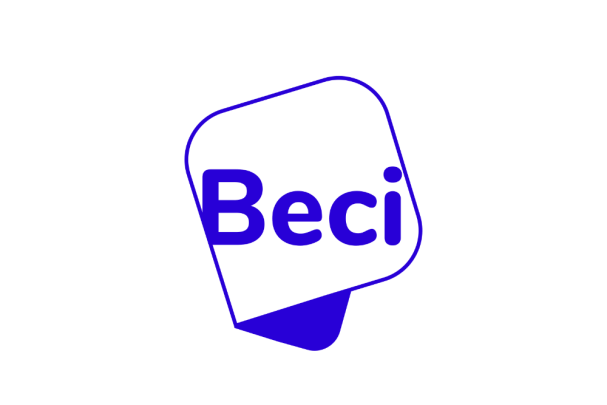Customer information saved in the databases cannot be used freely. There are certain guarantees protecting the consumer against the fraudulent use of their personal data.
Personal data
A person's name, their photo, their telephone number (even their work number), their bank account number, their email address, their digital footprint, etc. counts as personal data.
The collection of personal data must have a legitimate basis, for example if the person has given their consent, if the law requires it, if the data is required for the execution of a contract, etc.
Only personal data which is relevant-and not excessive for achieving the objective announced-can be collected, and this must be deleted as soon as the objective is met.
The purpose of the data collection must be legitimate. For example, a file of personal details created to contact people when they turn 60 regarding funeral insurance is not acceptable.
During data collection, the processing manager must:
- inform the person of the intended goal;
- mention their contact details;
- specify who will receive the data;
- mention that the person has the right to consult and amend detail concerning them;
- mention that the use of their data for direct marketing purposes may be opposed for free.
The transmission of data to third parties is banned in a certain number of cases. For example, a doctor does not have the right to communicate details about their patients to private companies.
A municipal administration may not sell files containing its inhabitants' addresses for commercial purposes.
Image and privacy
The action of making private images or people identified or identifiable public online (photos or images filmed at a wedding, birthday, holiday photos, etc.) is considered as personal data processing which must comply with the data protection law.
In some cases, a prior declaration may be made to the Data Protection Authority, and the agreement of the persons concerned must be obtained.
In certain situations, consent is deemed to have been given tacitly. This is the case for spectators (concert, football match, etc.) or bystanders when their image appears in the press or on television. However, the use of these images in a non-private context or by people other than journalists requires the agreement of the people concerned. This is the case when photos taken during an event are then used for an advertising campaign.
Surveillance cameras
Surveillance cameras have a prevention function. They are also used to record crimes or disturbances, and to maintain order. Hidden surveillance cameras and banned. This means that their presence must be announced by means of a pictogram.
In order to respect privacy, filming is only permitted when necessary. For example, a retailer is not allowed to specifically film the public area beyond their premises.
In the workplace, cameras are only allowed to maintain security and health, protect the company's assets, control processes, and control the work.
in terms of the conservation of the images, this period is a maximum of one month, unless the images recorded can be used to prove a crime or damage or to identify the perpetrator, a troublemaker, a witness, or a victim.
Who can help me ?
